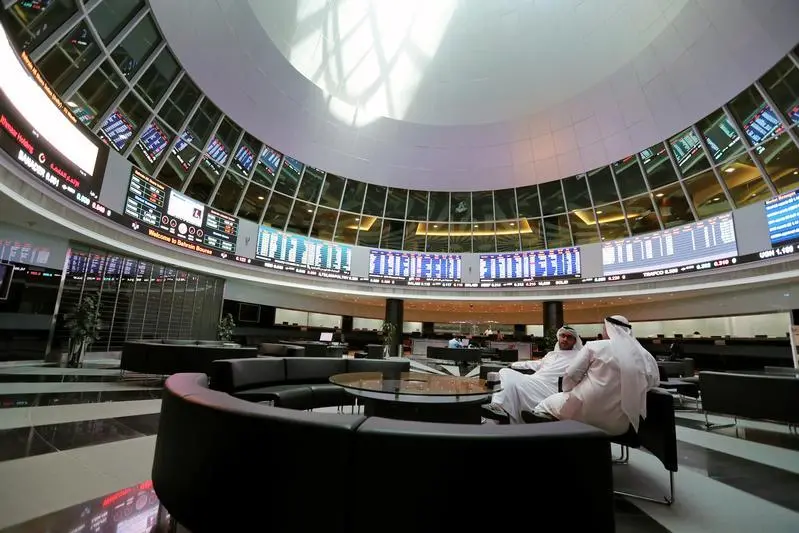PHOTO
A diesel fuel nozzle is pictured while refuelling the tank of a car at a petrol station in Paris, France, September 18, 2023. REUTERS/Gonzalo Fuentes Image used for illustrative purpose.
LONDON - Global distillate fuel oil inventories remain much lower than normal for the time of year but there are signs they are no longer falling which has eased some of the upward pressure on prices.
Distillates such as diesel, gasoil and heating oil are the primary fuels used by the industrial economy and inventories are normally strongly correlated with the manufacturing cycle.
Stocks in all the major consuming regions were severely depleted in September, despite a prolonged slowdown in manufacturing activity and freight movements over the previous year:
* U.S. distillate fuel oil inventories averaged 21 million barrels (-15% or -1.21 standard deviations) below the prior ten-year seasonal average in September.
* European distillate inventories were 25 million barrels (-6% or -0.84 standard deviations) below the seasonal average at the end of September.
* Singapore distillate stocks averaged 3 million barrels (-23% or 1.30 standard deviations) below the seasonal average in September.
But in every case, the deficit had narrowed slightly compared with August as high prices curbed consumption and strong refining margins encouraged maximum fuel production.
GRADUAL RETREAT
The price of heating oil delivered in New York Harbor climbed to an average of $129 per barrel in September - the highest for eight months and in the 74th percentile for all months since 1990, after adjusting for inflation.
But refinery margins for making distillates have softened slightly from the very high levels recorded in August as inventories have stabilised.
The three-month forward margin for producing distillate from U.S. crude has averaged $38 per barrel so far in October down from $43 in September and $45 in August.
The margin for making distillate from U.S. crude, with both delivered in December 2023, had retreated to $39 on October 10 from a high of almost $48 on September 14.
Portfolio investors have been reducing their exposure to middle distillates since late August, which has likely anticipated, accelerated and amplified the retreat in prices and margins.
Hedge funds and other money managers have been net sellers of U.S. diesel and European gas oil futures and options in five of the most recent six weeks.
Fund managers have sold the equivalent of 28 million barrels of diesel and gas oil since August 22, according to records filed with ICE Futures Europe and the U.S. Commodity Futures Trading Commission.
The net position had been trimmed to 76 million barrels (65th percentile for all weeks since 2013) on October 3 down from 104 million (78th percentile) on August 22.
The ratio of bullish long positions to bearish short positions has fallen to just 3.21:1 (56th percentile) down from 5.60:1 (83rd percentile) on August 15.
KNIFE-EDGE PRICING
At this juncture, it is possible to envisage a wide range of future trajectories for distillate prices, reflecting uncertainty about the outlook for the economy in the United States and the other major consuming economies.
In the United States, manufacturing shows sign of nearing a trough and starting to recover, after a long but relatively shallow downturn, more characteristic of a mid-cycle slowdown than a cycle-ending recession.
But the economy’s resilience in the face of the sharpest increase in interest rates for more than four decades, and fears about the persistent of inflation, have sent bond yields and borrowing costs to a 16-year high.
The economy’s strength is fanning fears rates will have to remain higher for longer to contain inflation, which is in turn stoking fears about a hard landing and possible recession in 2024.
The U.S. economy’s strength also contrasts with signs of persistent weakness in Europe and a still sluggish economy in China.
Distillate inventories globally are very low for the end of a mid-cycle slowdown or a cycle-ending recession, implying they could quickly become critical if the economy in the United States and elsewhere strengthens again.
U.S. distillate inventories were about -1.21 standard deviations below the ten-year seasonal average in September, based on an average of weekly reports from the U.S. Energy Information Administration.
By contrast, in the month at the end of the last ten recessions, distillate stocks were +1.53 standard deviations above the ten-year seasonal average.
Excess fuel inventories at the end of a downturn provide room for fast low-inflation growth at the start of the subsequent upturn.
But inventories are already tight; any expansion will cause them to deplete further, rapidly putting renewed upward pressure on prices.
John Kemp is a Reuters market analyst. The views expressed are his own
(Editing by Jane Merriman)























